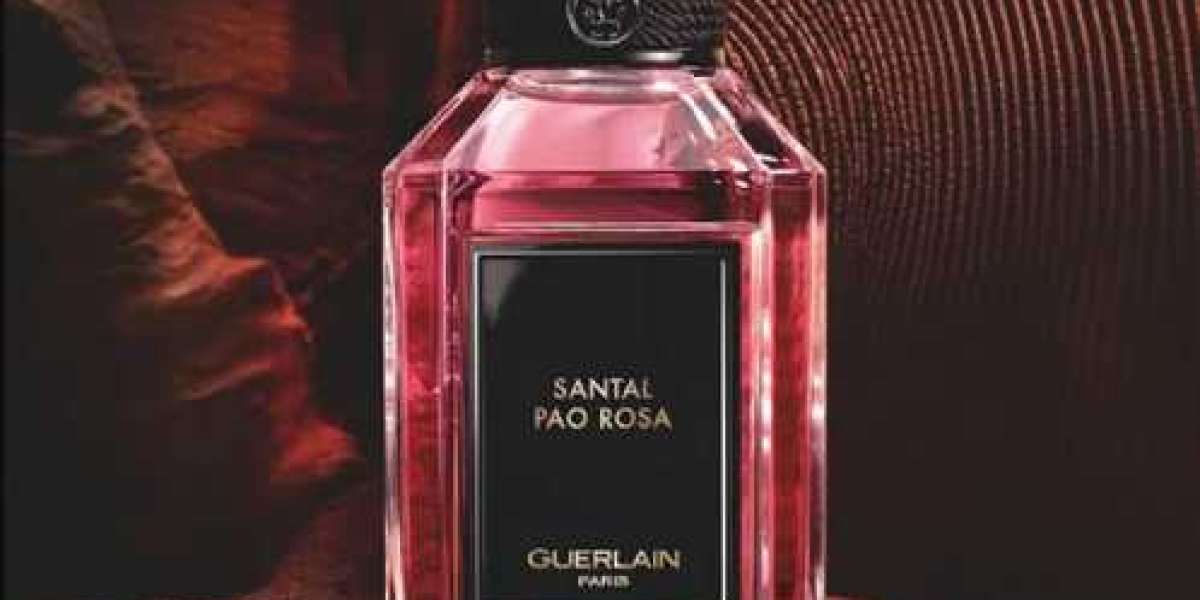Beekeeping is about much more than just harvesting honey. The off-season is when the real work of hive maintenance begins. One of the most important parts of seasonal hive management is learning how to clean and store your honey supers off-season. Proper care ensures that your beekeeping equipment lasts for years, protects your bees from pests and diseases, and sets you up for a successful honey harvest in the coming season.
Whether you’re a beginner or an experienced apiarist, following the right steps can make a huge difference. And while you’re preparing your equipment, don’t forget that wearing the right safety gear—like premium bee suits for beekeepers—is just as important as the process itself.
Why Cleaning Honey Supers Is Essential
After the honey harvest, honey supers are often left with sticky frames, wax residues, and traces of propolis. While these might not look like a big problem, leaving them uncleaned can create serious issues.
- Prevents mold and bacteria growth – Leftover honey and moisture encourage mold, which can damage frames and reduce the quality of future honey.
- Discourages pests – Residual wax and honey attract ants, rodents, and wax moths, making it harder to store equipment safely.
- Extends the lifespan of equipment – Proper maintenance means less money spent replacing wooden hive parts.
- Supports bee health – Cleaner equipment means healthier colonies when the bees move back in.
Think of cleaning honey supers as an investment in long-lasting hive equipment. A little effort in the off-season saves both time and money later.
Step-by-Step Guide to Cleaning Honey Supers
Cleaning honey supers doesn’t have to be complicated. Here’s a practical step-by-step process:
1. Remove Frames and Scrape Residues
Take out the frames and gently scrape off leftover wax, propolis, or debris using a hive tool. Be sure not to damage the wooden parts of the frame.
2. Choose the Cleaning Method
There are two common approaches:
- Dry Cleaning – Simply scrape and brush off debris. Many beekeepers prefer this because it avoids exposing equipment to excess moisture.
- Washing with Warm Water – Use warm water (never boiling) to rinse off stickiness. Avoid harsh chemicals that could leave residues harmful to bees.
3. Sun-Dry the Supers
Place the supers and frames in direct sunlight for a few hours. The sun’s natural heat helps sterilize equipment while also driving out any remaining moisture.
4. Safe Handling During Cleaning
Even if you think all bees are gone, some stragglers may remain inside frames. This is why having protective clothing like premium bee suits for beekeepers is recommended. They allow you to work confidently without fear of stings.
Best Practices for Storing Honey Supers Off-Season
Cleaning is only half the job—proper storage is what ensures your efforts last through the winter.
- Store in a dry, cool place – Avoid damp basements or sheds with poor ventilation. Moisture can lead to mold.
- Stack with spacing – Stack supers with a slight gap between them to allow air circulation. Some beekeepers use spacers or simply place them crosswise.
- Rodent protection – Seal your storage area or use tight-fitting lids to prevent mice from gnawing on frames.
- Ventilation is key – A well-ventilated room prevents condensation, which is especially important during cold, damp months.
These simple practices ensure your beekeeping equipment remains in top condition for the next season.
Preventing Common Storage Issues
Even after cleaning, honey supers are vulnerable to off-season threats. Here’s how to prevent them:
1. Wax Moth Infestations
Wax moths are one of the biggest threats during storage. To prevent this:
- Freeze frames for 24–48 hours before storage to kill eggs and larvae.
- Store in a cool, dry environment since moths thrive in warm, dark places.
2. Protection Against Rodents
Mice love chewing on frames and combs. Use sealed plastic tubs or tightly fitted lids when storing supers in sheds or barns.
3. Regular Inspections
Check stored equipment every few weeks. If you notice moth webbing, moisture, or damage, address it immediately before it spreads.
4. Controlled Storage Options
Some beekeepers use temperature-controlled rooms or fumigation methods for large-scale storage. While not always necessary for hobbyists, it’s useful for larger operations.
The Role of Protective Clothing in Equipment Maintenance
It’s easy to assume that bee suits are only for hive inspections and honey harvesting, but they’re also important during equipment cleaning and storage.
- Lingering bees – Even after harvest, some bees may still cling to supers. A sting during cleaning can be painful.
- Comfort and confidence – Wearing premium bee suits for beekeepers ensures you stay safe while focusing on the task at hand.
- Year-round use – From harvesting to off-season equipment checks, investing in high-quality suits provides all-around protection.
Protective clothing is an essential part of seasonal hive management, not just a summer necessity.
Long-Term Benefits of Proper Honey Super Care
When you clean and store honey supers correctly, you’re setting yourself up for long-term success. Some key benefits include:
- Healthier colonies – Bees thrive in clean, pest-free equipment.
- Reduced costs – Well-maintained supers can last for many seasons, cutting down on replacement expenses.
- Improved honey yields – Bees work better and faster when they’re given clean frames to start the season.
- Stronger equipment life – Protecting wooden hive parts during storage ensures they don’t warp or rot.
Proper care also reflects the values of sustainable beekeeping—maintaining equipment rather than constantly replacing it.
Choosing the Right Beekeeping Supplier
Maintaining your equipment goes hand-in-hand with using high-quality tools and protective gear. If you’re looking for durable gear, Oz Armour is a trusted beekeeping supplier known for their premium bee suits for beekeepers, beekeeping gloves, and other essential equipment. Investing in reliable gear not only keeps you safe but also helps you manage your hive confidently year after year.
Conclusion
Cleaning and storing honey supers off-season is one of the most important tasks in beekeeping. By preventing pests, protecting wooden parts, and storing properly, you’ll extend the life of your equipment and give your bees a healthier start in spring.
Don’t forget to protect yourself during the process—premium bee suits for beekeepers ensure that you can handle equipment with confidence, even if a few bees are still hanging around. And when it comes to stocking up on protective clothing and tools, always turn to a reliable beekeeping supplier like Oz Armour for trusted, long-lasting gear.
A little effort now ensures a smoother, more productive season ahead. Clean supers, safe storage, and protective clothing—that’s the recipe for successful beekeeping.



